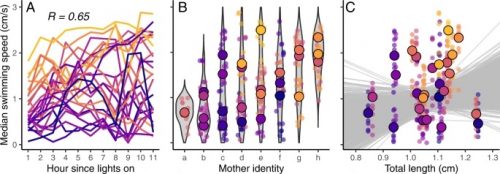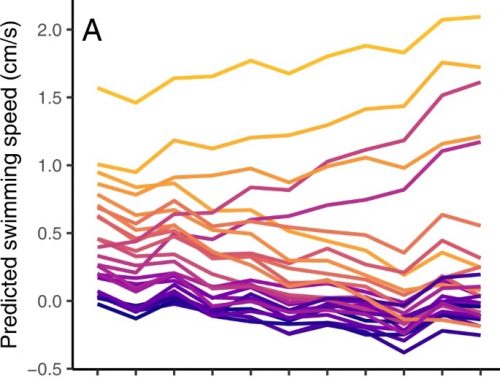I was going to vote on Tuesday morning, but my wife persuaded me to get it done early and submit our ballots today. Usually the polling places are quiet and empty, even during a presidential election, since this is a very small town…but maybe my wife knows something I don’t. I dropped the ballots off at 2pm on a Friday, and…
There was a line at the county courthouse of people doing the same thing.
I haven’t had to wait in line to vote in 20 years. OK, sometimes I’m second in line, but waiting times are negligible. Still, this is the longest delay ever. I’m going to have to complain to someone.
This is a red county, so don’t assume this means the DFL is going to triumph — in fact, one little group of women in line were members of the apostolic cult in town (easy to spot, long hair in a bun, long skirts) and I’d be surprised if they were voting for anything other than conservative theocracy. But I could be surprised, it’s a secret ballot after all, maybe there is a revolution brewing.
Over 35 million votes have already been submitted, mostly from registered Democrats. The MAGA crowd is going to be complaining again.











